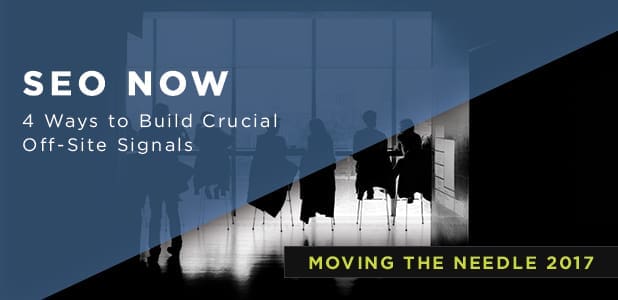
Understanding attribution and how conversions are counted are both important elements of reporting transaction data. There are two main metrics that agencies will usually report on when it comes to conversion data: view-through conversion and last click conversion. While both can be reported, it is important to understand the differences between the two metrics so that you can determine which is more important for your business.What is a View-Through Conversion?By definition, a view-through conversion is when a customer sees your ad but does not interact with it, and then completes a conversion on your site at a later time. For example, if you saw the ad below and did not click on it – but you then, within a week, visit that site to make a purchase or transaction, a view through conversion will be counted in your Google Adwords reports. In order for the display ad to be considered “viewable”, the user must see 50% of the ad’s pixels for a minimum of one second.

The window for a view-through conversion varies. By default, 30 days is the standard time that viewing the ad can alter your conversion data and count towards the consumer’s purchase path. Beginning March 29, 2017, the default view-through conversion window will only be accredited within the same day as the purchase, unless manually changed in your Google Adwords account. You will be able to customize that window to align with your strategies and business goals.What is a Last-Click Conversion?The last-click conversion attribution model uses a different approach to report on conversions in your Google Adwords and Analytics account. When you use this model, conversions are counted when a transaction is made immediately after clicking an ad.Why Use Last-Click Attribution Model?Most advertisers tend to use this model because it gives all the credit for a conversion to the last-clicked ad and corresponding keyword. By using this model, the advertiser is able to see how their ads are directly impacted by the purchasing cycle – and whether or not their ads are effective enough for the user to buy immediately, rather than waiting a period of time.Example:

The example above displays an ad that shows the number of conversions using the last-click model, and also the number of view-through conversions. You can see that while the ad reported 59 view-through conversions, it only reported two users who converted instantly.The last-click attribution model is the more definitive way to know your ad led directly to a purchase. Now that you know the difference between the two, you can decide which is most important to your business and how to read and understand reports on the purchase path of each consumer.






